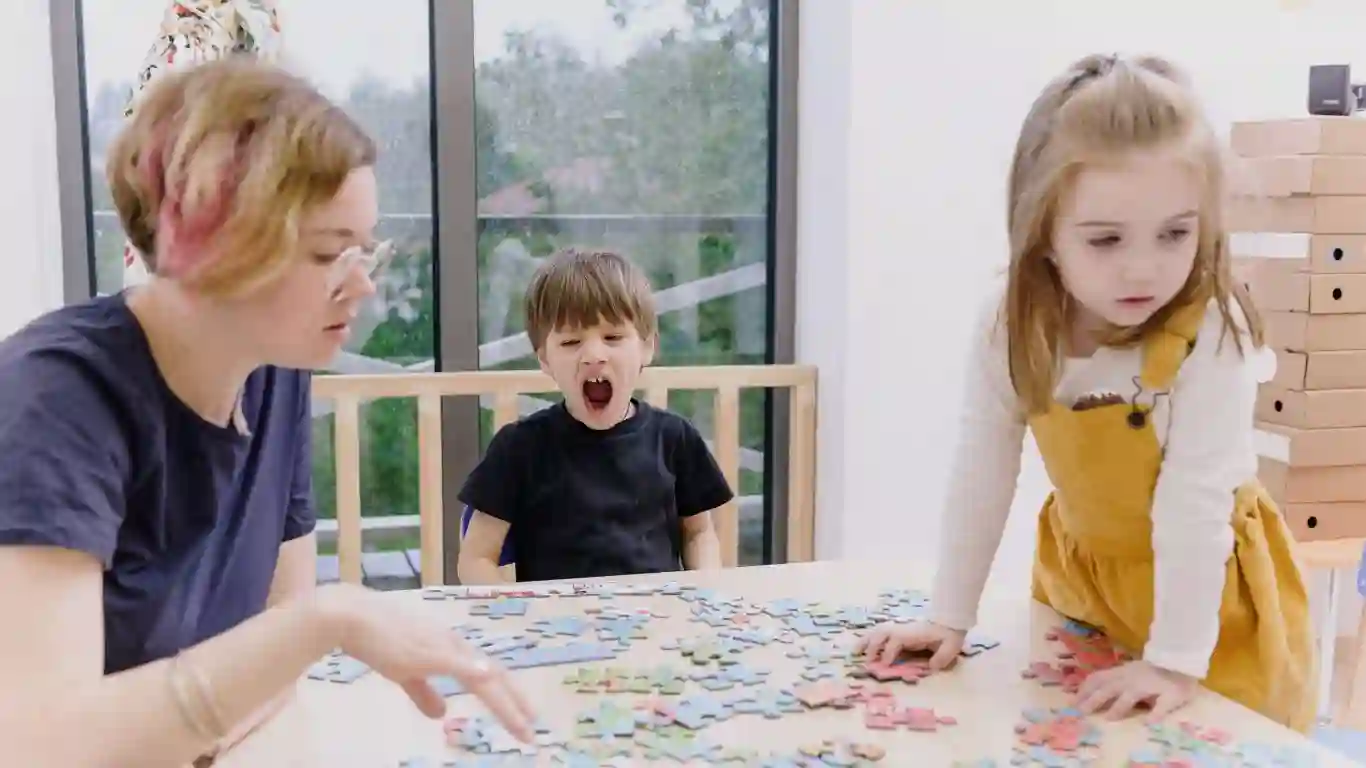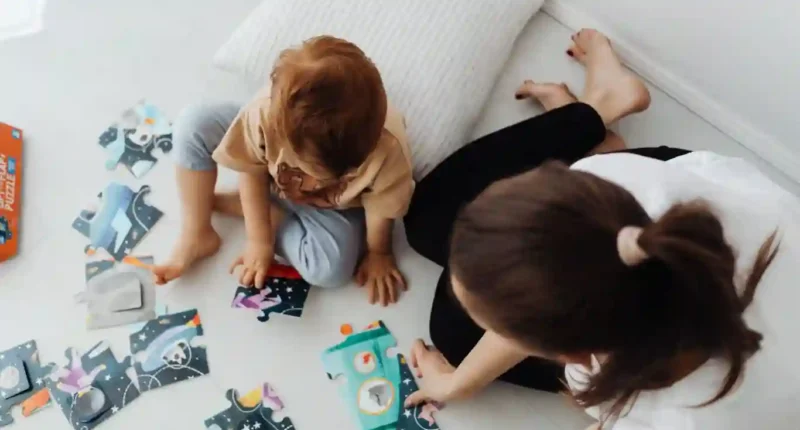How to Teach Problem Solving Skills to Kids: Schools and colleges teach numerous skills to children that help them grow, but there are certain skills that have to be taught from home at a very young age itself. Problem-solving is one of those skills. Children need to have a strong sense of what is right and what is wrong for them. All of these can be brushed up by simply conducting activities around the topic. Here are a few ways in which you can teach problem-solving to kids.
How to Teach Problem Solving Skills to Kids
3 to 5 Years of Age
Use Emotion Coaching
Emotion coaching is an important teaching to give your children as it helps them understand their and other emotions better. Problem-solving cannot be taught directly to children, and first, they need to come to terms with their emotions, which is where emotional coaching comes into play. Here are the steps that need to be followed in emotional coaching
- Let your children name the emotion they are feeling. If they cannot name the exact emotion, let them describe it to you, and you give them a name for it. Once there is a label to what they are feeling, the second step is to validate their emotions. Dismissing them can lead to the children being emotionally repressed and upset at you as well.
- The second step is to let them process their feelings. Let them understand by themselves why they are feeling a certain way, what is causing those emotions, if there is a solution to end it, etc.
- The third and last step is to then help them solve their problem. For example, if they are upset about a fight with a friend, you should give them advice about how they can talk things through with them, and guide them ahead to do so.

Say “Show me the hard part”
Children might hesitate to express themselves, especially at this young age as they might not find the correct words for it. Being patient and kind to them and using soft language when they are struggling with emotions helps them feel safe and comfortable around you.
Use Story Books to show examples.
Practicing helps for everything, and it is even more important for problem-solving-related things. There are multiple books that are dedicated to teaching problem-solving to children. These books, filled with examples, will help them know various emotions and what to do with them.
5 to 7 Years
At this age, children find it comparatively easier to process their emotions as compared to earlier. This is when you can put forth a list of questions for them to answer when they are feeling down.
- What am I feeling?
- What is the problem?
- What are the solutions?
- What would happen if…?
- Which one will I try?
This lets them go through each question, and answer it themselves. It is important to let them discover the answers themselves. Giving in your input during this process can make them nervous or hesitant.

Solve Problems using Craft Materials
Simple tasks and activities can help children understand concepts better. The same applies to problem-solving as well. You can introduce problems and conflicts in your child’s play, such as creating a fight between origami animals and showing their conflict, etc. This will help them see the problem from a third-person perspective and solve it through that.
7 to 9 Years
Breaking Down Problems into Chunks
It might be difficult for people of any age group to be able to comprehend all aspects of their problems. So it might be even more difficult for children to deal with them all at once. Hence, breaking it down into smaller, comprehensible parts is necessary as they will find it easier to understand parts of the problem instead of the entire problem itself.
- A simple way to do this is to brainstorm the problem together. This will increase bonding between you and your children, as well as help them solve the problem.
- While providing them with a solution might be a simpler option, let them come to the solution themselves by asking them open-ended questions.
- Listen. Listening is an essential skill to know as a parent. If your children ever realize that you are not listening to them, it might break their trust in you, and they might even hesitate to talk to you at all.

The Broken Escalator Video
This video shows two people that get stuck on an escalator. Instead of climbing up to the floor, they just wait for someone to come fix it. This video can be shown to children and explained that solving a problem is more important than sulking about it.
9 to 11 Years
Creative Problem Solving
Similar to the previous age groups, when children are given the opportunity to introspect on problems from outside or a third-person perspective. This can be introduced through games, skits, plays, etc.
Ask Them To Put It On Paper
A habit of journaling can help the children understand their feelings better. It might not always be simple to explain problems verbally, hence asking them to write it somewhere and then think about it can improve their problem-solving ability. This can be done with the help of habit and emotion trackers in journals, etc. Here, it is also important to let your children have their privacy and build trust so that you do not read their journals.
Also Read: Top 5 Websites for Mock Job Interviews



